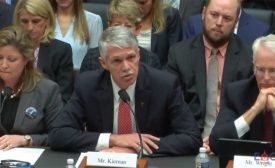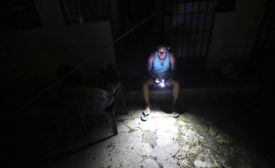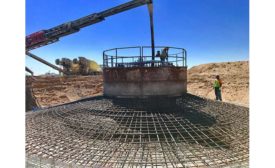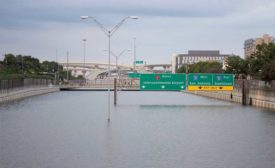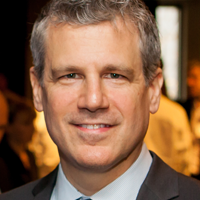Articles by Pam Radtke Russell
Tax Policy
Tax Reform Proposal Seen Helping Small Construction Firms
GOP framework would cut rates for corporations and "pass-through" entities
Read More
Energy Viewpoint
Puerto Rico and the Consequences of Postponed Electrical Grid Upgrades
What Hurricanes Irma and Maria teach
Read More
Top 400 Sourcebook
Technology Cuts Costs For Solar, Wind Projects
Renewables expected to take lion’s share of generation
Read More
Hurricanes Propel Forward Thinking on Risk, Resilience
Climate-change issues loom larger as hurricane-ravaged regions struggle to recover
Read More
The latest news and information
#1 Source for Construction News, Data, Rankings, Analysis, and Commentary
JOIN ENR UNLIMITEDCopyright ©2024. All Rights Reserved BNP Media.
Design, CMS, Hosting & Web Development :: ePublishing

